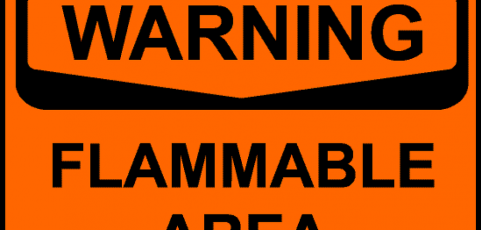Flame detectors are made to respond to ultra violet and infrared spectrums of electromagnetic radiation, and are used mostly in environments in which there is a potential for a fire, such as when flammable materials are present. Typical environments in need of a flame detector are hydrogen stations, industrial heating and drying systems, gas turbines, and domestic heating systems. A flame detector works by sounding an alarm or by deactivating a combustable fuel line, or both. This type of fire detector responds more quickly than a smoke detector. For the most effective and useful flame detector, there are important concerns that need to be addressed and features that need to be implemented.
Both ultra violet and infrared technologies
Combining both ultra violet and infrared technologies into one system is perhaps the most important aspect of an effective flame detector. The ability of a flame detector to sense both ultra violet and infrared spectrums cuts down on false alarms greatly. This creates a multi-sensor fire detector that can differentiate between a true fire and something that is just infrared or just ultra violet radiation.
Long distance fire detection
Another important aspect of the most effective of flame detectors is the ability to detect a fire from a long distance away. Naturally, most fires will not start immediately in front of a flame detector, but a good flame detector can detect a fire at least 65 meters away to guarantee the most safety in the case of a fire.
Durability
A device that will hopefully not need to be used every day may end up not being maintained as much. Therefore, the best flame detectors will be durable and weather resistant, so that when it is needed, it is still fully functional and has not been damaged in the mean time.
Visible sensors, or video
Some flame detectors have implemented a sensor for visible radiation, which cuts down greatly on false alarms. Closed-circuit television or a web camera can also help a flame detector differentiate between a real fire and something that causes a false alarm. Because a flame detector can be blinded by smoke or even fog, the more features a flame detector can be equipped with, the better.
Wide cone of vision
The more of a flame detector’s surroundings it can see, the better chance it has of detecting a fire. This combined with the long distance feature provides the ultimate protection from fire. And the wider a flame detector’s vision is, the fewer flame detectors one location will need.

